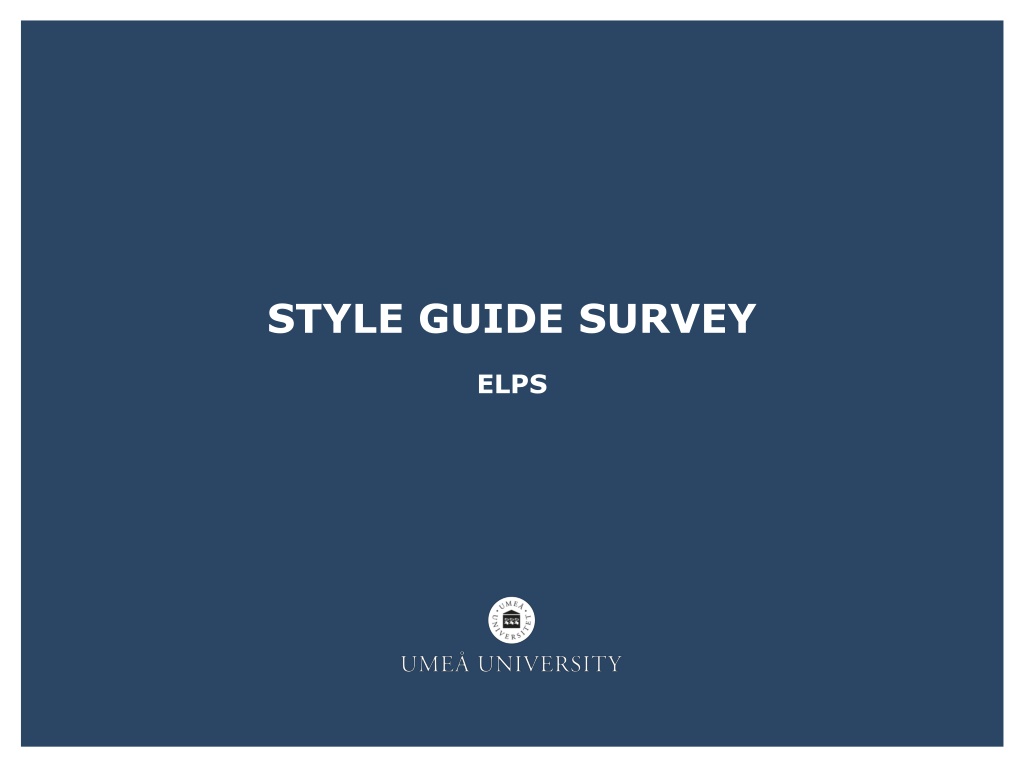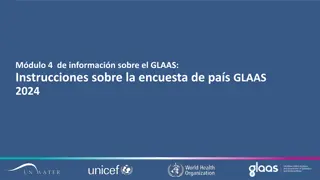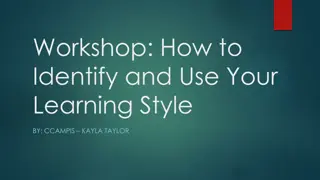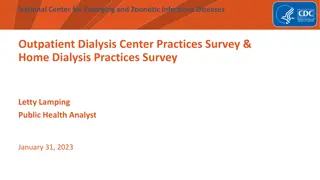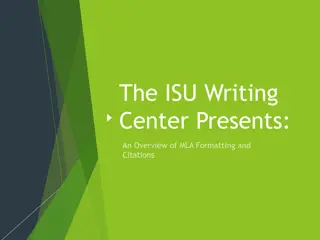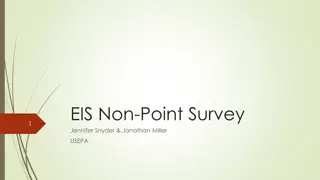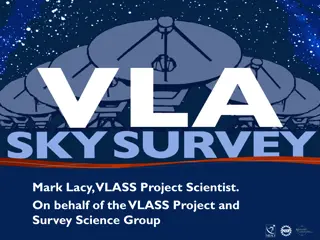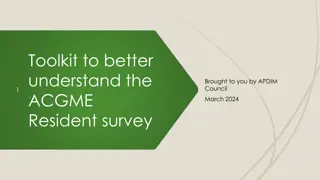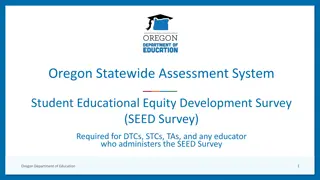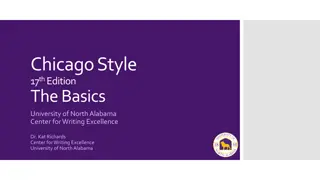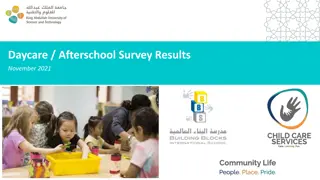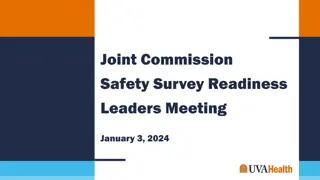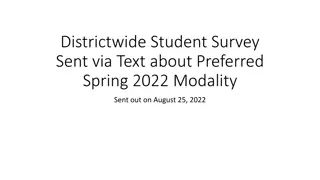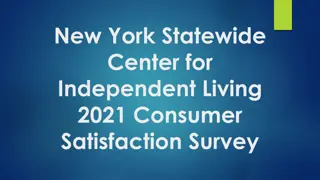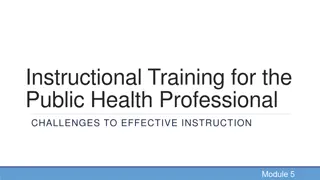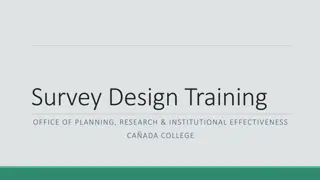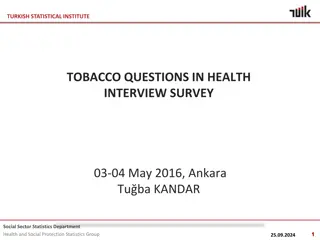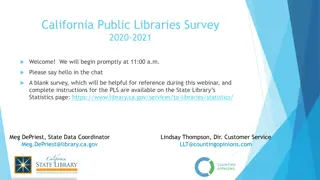STYLE GUIDE SURVEY
Tailor your style guide survey with Style.Guide.Surveyelps for precise guidance on creating clear and concise style guidelines. Empower your team with a well-structured set of rules that enhance brand consistency and readability. Simplify the process of crafting comprehensive style guides to elevate your communication strategies. Access valuable insights and streamline your content development by utilizing this powerful tool.
Download Presentation

Please find below an Image/Link to download the presentation.
The content on the website is provided AS IS for your information and personal use only. It may not be sold, licensed, or shared on other websites without obtaining consent from the author.If you encounter any issues during the download, it is possible that the publisher has removed the file from their server.
You are allowed to download the files provided on this website for personal or commercial use, subject to the condition that they are used lawfully. All files are the property of their respective owners.
The content on the website is provided AS IS for your information and personal use only. It may not be sold, licensed, or shared on other websites without obtaining consent from the author.
E N D
Presentation Transcript
STYLE GUIDE SURVEY ELPS
RESPONDENTS 18 respondents Blekinge Tekniska H gskola Myndigheten f r yrkesh gskolan Central administration M lardalens h gskola H gskolan Dalarna SLU H gskolan i Bor s S dert rns h gskola Link pings universitet Ume universitet Lunds universitet Uppsala universitet rebro universitet
MOTHER-TONGUE Bilingual SE- EN 18% (3) Swedish 29% (5) Other language 6% (1) American English 12% (2) British English 35% (6)
NUMBER OF TRANSLATORS PER INSTITUTION 12 10 8 6 4 2 0 1 translator 2 translators 3 translators 4 or more translators No translator
EXISTING STYLE GUIDES 10 9 8 7 6 5 4 3 2 1 0 Yes We are in the process of drafting a style guide We would like to publish a style guide, but haven't started No, no such plans are in action
HOW WAS THE STYLE GUIDE DRAFTED - COMMENTS Based on a previous version, the origins of which are lost. The current version was a joint production from a translator, a communications officer. Reference - mainly Oxford. Vice Chancellor - no. Drafted by myself using e.g. the European Commission's style guide as a basis. Not approved by V-C or similar. Developed by the previous translator. No official approval. Produced by the Communications Office, approved by the Vice- Chancellor. Reference material is Lund University and the UHR list of English Words.
HOW WAS THE STYLE GUIDE DRAFTED - COMMENTS Coordinated by one of the inhouse translators, with assistance by the second translator and another colleague at the department (Alumni coordinator) who is an English native speaker. In terms of selecting the content of the style guide, it was modelled on the university's Swedish style guide, naturally adapted and modified to suit the perhaps more varied needs of writers for whom English is not their first language. For reference material, we used Oxford University's style manual, style guides of Swedish universities such as Link ping, Mittuniversitetet and Uppsala. We felt the need to find the right balance between more formal writing (e.g. for steering documents) and popular- science/journalistic writing (web, science communication etc.) and therefore opted to look at the two very different style guides/writing tips provided by oxforddictionaries.com and the Guardian/Observer respectively. As the style guide is still work in progress, the V-C's team has not yet seen it. Most likely, "endorsement" will be sought from the deputy V-C.
HOW WAS THE STYLE GUIDE DRAFTED - COMMENTS A first draft was produced by the English language web editor and a temporary translator, at a time when the University had no full- time translator. It was then revised and enlarged by the full-time translator (autumn 2016). The web editor and temporary translator provided comments. The style guide was then published on the intranet and sent to external translators. It has been revised and enlarged slightly, partly in response to comments from other University employees. The other style guides consulted were (in rough order of influence): the Swedish Government Offices style guide, the Oxford University style guide, the European Commission style guide, the Guardian/Observer style guide, the Cambridge University style guide. The Plain English Campaign also provided some inspiration. The style guide has not been approved by any higher University official.
HOW WAS THE STYLE GUIDE DRAFTED - COMMENTS The language coordinator wrote the style guide, using reference material such as the Guardian's style guide and language "rules" used at the EU. The style guide was initially created by me (English web editor) and then revised together with two colleagues (translators) when they were employed. We leaned mainly on Oxford University s style guide and the DGT style guide. The samordnare f r engelska vers ttningar (that would be me) developed it, but it heavily references our Swedish style guide produced by the Communications Office. It has been approved by the head of that office.
LANGUAGE VARIETY 100% British English
SPELLING Preferred spelling Not Marginalise 94% (17 of 18) marginalize Organisation 94% (17 of 18) organization Per cent 72% (13 of 18) percent (study) programme 100% (18 of 18) (study) program Master s 83% (15 of 18) masters Centre 100% (18 of 18) center Fulfil 83% (15 of 18) fulfill Defence (verb) 61% (11 of 18) defense (verb) Aesthetic 100% (18 of 18) esthetic Email 78% (14 0f 18) e-mail
CAPITALISATION A majority would capitalise the following: Vice-Chancellor Hans Adolfsson has held his position for over two years. Associate Professor Virginia Langum held a presentation. Titles before name 17 of 18 Hans Adolfsson, Vice-Chancellor of Ume University, has held his position for over two years. Jan Karlsson, Director of the Climate Impacts Research Centre Titles after the name 15 of 18
CAPITALISATION A majority would capitalise the following: References to a specific university 12 of 18 Most students at the University have signed the petition. Names of organisational units 17 of 18 the the Faculty of Social Sciences She works at the Communications Office Department of Law Name of study programmes or course names 14 of 18 Master s Programme in Accounting
CAPITALISATION? A majority would NOT capitalise these: Titles without name (10 of 18 against capitals) The university director decided to look the other way. Subject fields (12 of 18 against capitals) She is a professor in/of mathematics. Headlines, page titles, on the web (11 of 18 against) Frequently asked questions Book or article titles mentioned in text (10 of 18 for capitals) According to Clara Aarts in the article Breastfeeding Patterns in Relation to Thumb Sucking and Pacifier Use.
DATE AND TIME FORMATS 4 October 2017 13:00 2017-10-04
ACRONYMS AND PRODUCT NAMES 14 of 18 (78%) 11 of 18 (61%) Acronyms all in uppercase Company and product names as the companies use themiPad, EU, IKEA, UNESC O EU, Ikea, Unesco 7 of 18 e- Avrop
PROFESSOR OF/IN OF Anna Jarstad, Professor of peace and conflict studies 14 of 18 votes
NUMBER AND UNIT A majority uses no space between numbers and graphical units such as a percentage. 80% 12 of 18 A space is used between number and units when these are typed in full or in an abbreviation. 5 km 13 of 18 5 cm 13 of 18
CURRENCY 500 kr 16 of 18 SEK 500
GENDER NEUTRAL PRONOUN What gender-neutral solution do you prefer? 14 12 10 8 6 4 2 0 their his or her gender-neutral pronoun
THEMSELF Would you use the singular reflexive pronoun themself when it refers to a singular subject? 7 6 5 4 3 2 1 0 Yes, I have already starting using it I don't yet, but I am for the initiative No, I would never It depends
QUOTING DIRECT SPEECH Which quotation mark (for quoting direct speech) do you use in articles, press releases and other texts? 12 respondents chose double quotation marks 3 respondents chose double quotation marks 3 respondents chose En(em) dash
MARKING TEXT How do you mark titles or article names in text? 14 12 13 respondents chose italics 10 8 4 respondents chose double quotation marks 6 4 2 2 respondents chose no marking 0 Italics Double quotation marks No Single quotation marks 0 respondents chose single quotation marks marking
THANK YOU SO MUCH FOR PARTICIPATING!
